Agrivoltaics Greenhouse
Dual Benefits of Energy & Controlled Farming
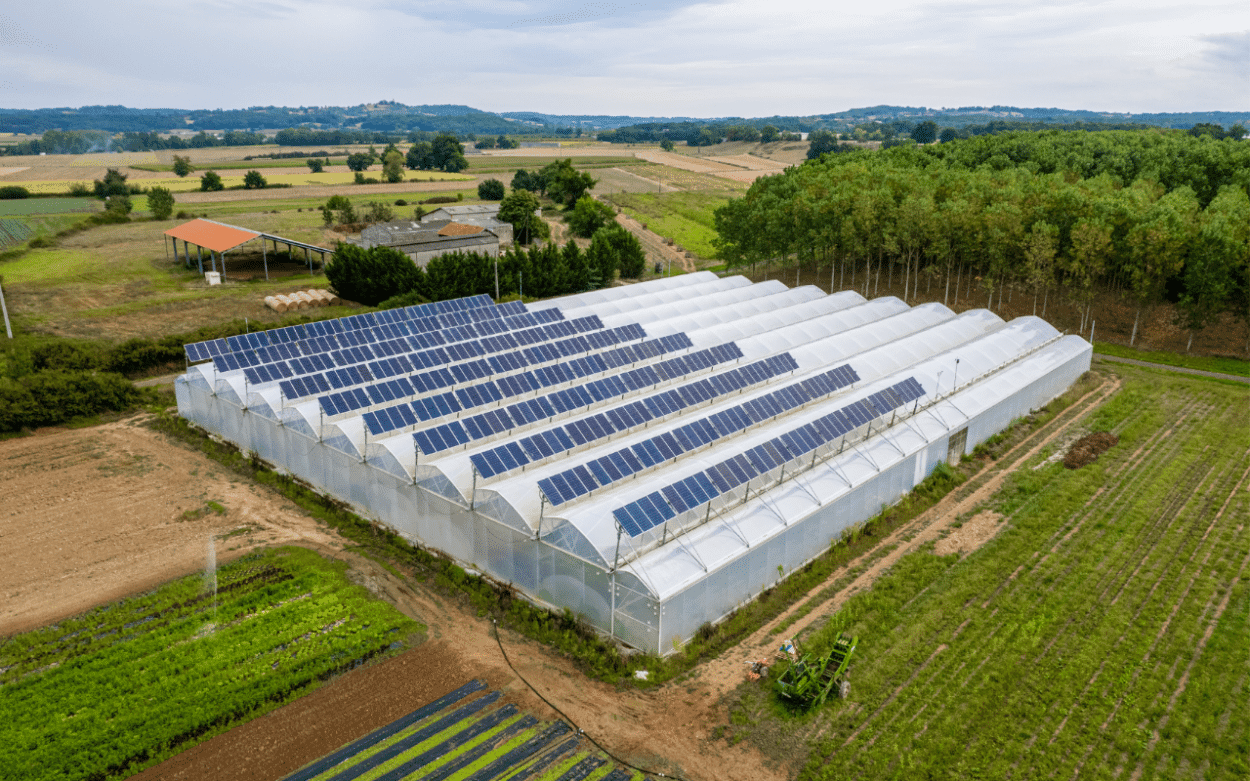
Greenhouses are essential for modern agriculture, enabling farmers to grow crops in a controlled environment with regulated temperature, humidity, and light. By integrating agrivoltaics solar panels into greenhouse structures, farmers can enjoy the dual benefits of energy generation and efficient farming on the same land.
At Synergy Solar, we design and supply agrivoltaics greenhouse systems across India, helping farmers reduce costs, improve yields, and move towards a sustainable future.
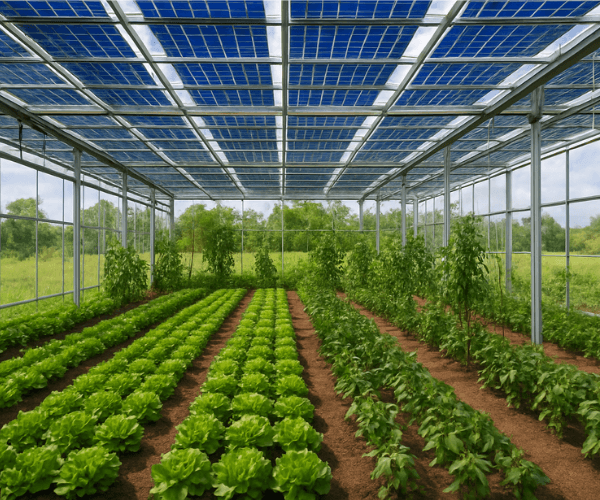
What is an Agrivoltaics Greenhouse?
An agrivoltaics greenhouse combines photovoltaic panels with greenhouse farming. Instead of relying only on electricity from the grid, solar panels are installed on the greenhouse roof or integrated as semi-transparent structures. This provides:
Clean energy for fans, pumps, and irrigation
Partial shading that protects sensitive crops
Improved land-use efficiency by producing food and electricity together
Benefits of Agrivoltaics Greenhouse
Dual Income for Farmers
Farmers earn from both crop sales and solar electricity, either through net metering or power purchase agreements (PPA)
Energy Cost Savings
Solar panels generate electricity for greenhouse operations (cooling, lighting, irrigation), reducing dependence on grid power
Crop Protection & Yield Stability
Panels act as natural shade, reducing crop stress from extreme heat or strong sunlight. Crops like tomatoes, cucumbers, grapes, and strawberries benefit greatly
Sustainable Farming
By lowering CO₂ emissions and cutting power costs, agrivoltaics greenhouses support eco-friendly agriculture
Water Efficiency
Shaded soil loses less moisture, reducing irrigation needs by up to 20–25% in hot climates
Suitable Crops for Agrivoltaics Greenhouses
An agrivoltaics greenhouse provides a controlled environment where crops can be cultivated with optimal temperature, humidity, and irrigation, while solar panels generate renewable energy. The best results come from crops that either thrive under partial shading or deliver higher quality when grown in stable, regulated conditions.
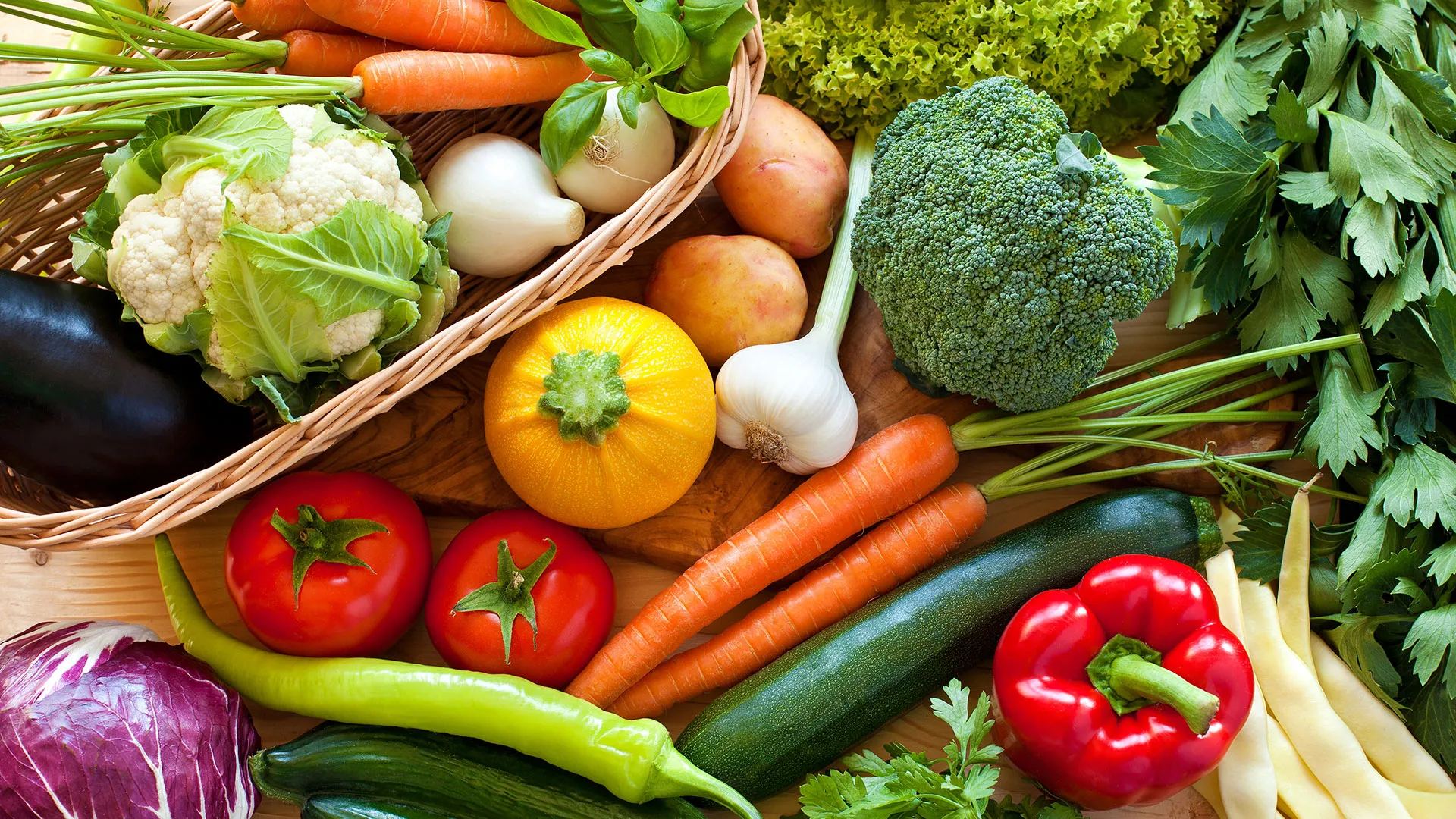
Vegtables
- Cucumbers, cherry tomatoes, bell peppers, eggplants
- Vegetables that are sensitive to excessive heat and direct sunlight benefit greatly from partial shading.
- Cherry tomatoes and peppers grown in agrivoltaics greenhouses often show higher market value due to improved fruit size, consistency, and flavor.
- Eggplants and cucumbers adapt well to controlled conditions, reducing pest and disease stress.
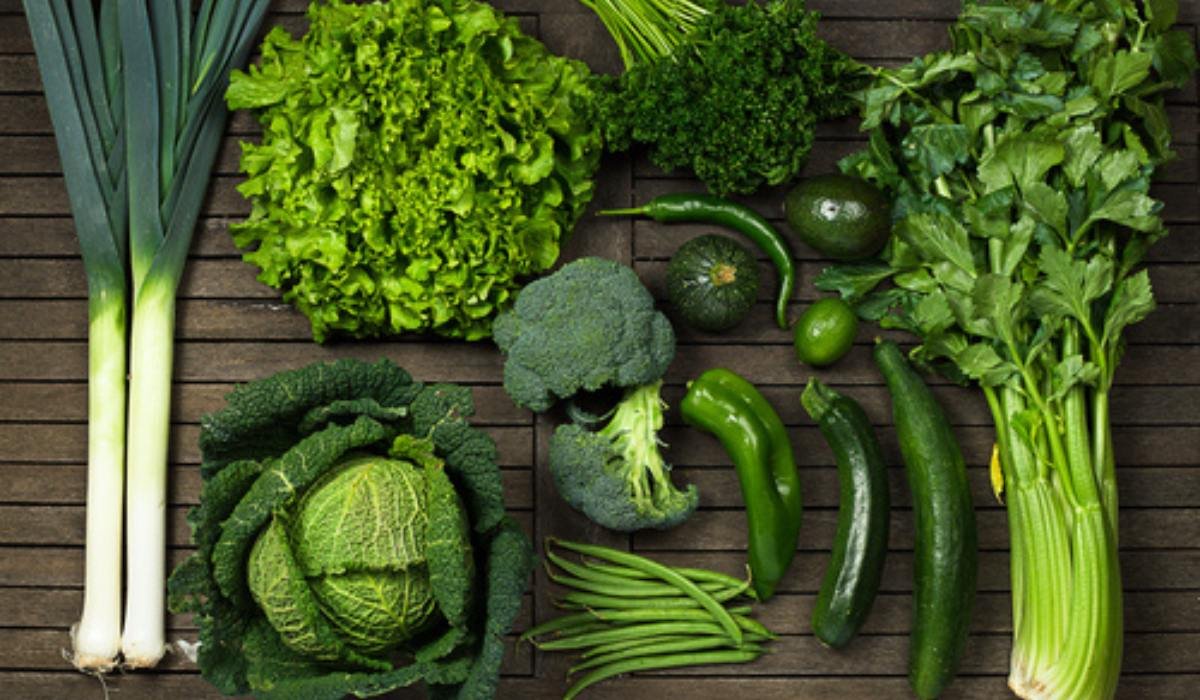
Leafy Greens
- Lettuce, spinach, kale (premium quality in controlled light)
- Leafy greens prefer mild light and cooler microclimates.
- In solar-integrated greenhouses, leaves stay tender, vibrant, and free from burn spots.
- Controlled environments extend growing seasons, allowing consistent production even in hotter months.
- Japan Trial: Lettuce grown under semi-transparent solar panels had longer shelf life and improved quality, while the greenhouse reduced energy costs by 25–30%
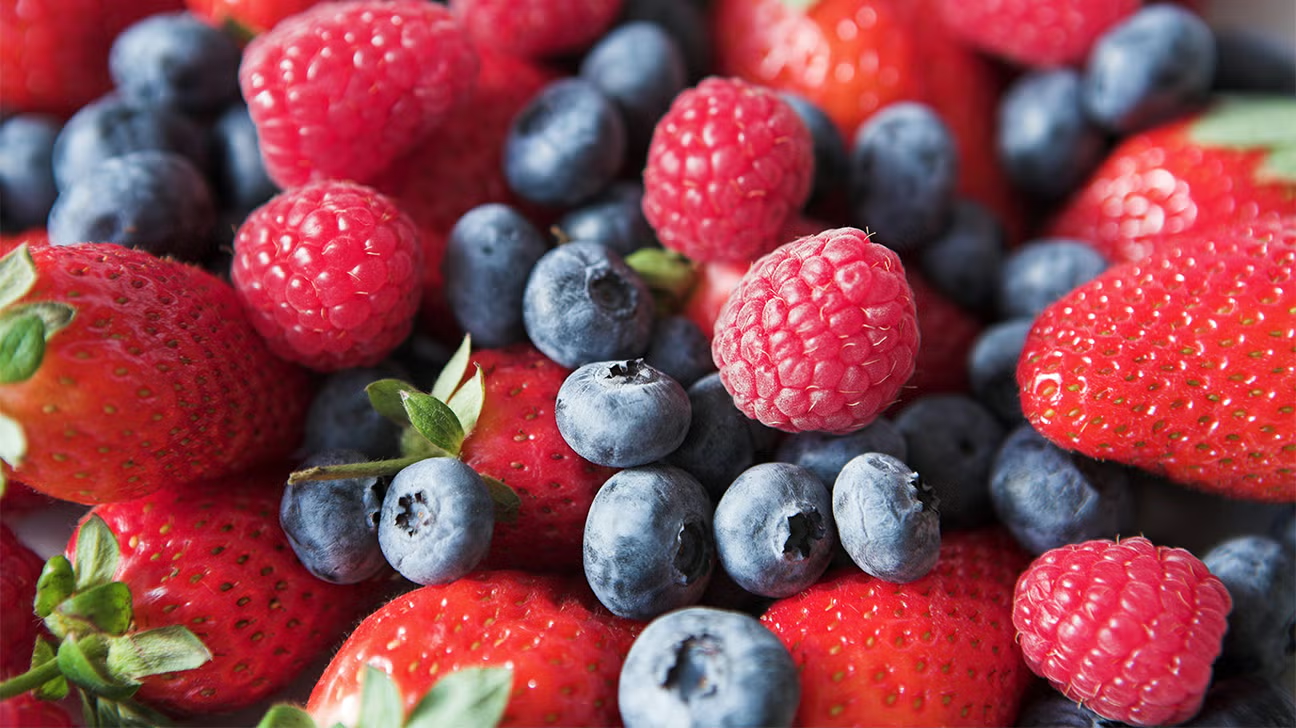
Fruits
- Strawberries, blueberries, specialty grapes
- High-value fruits like strawberries and blueberries thrive when protected from intense sunlight.
- Strawberries in agrivoltaics greenhouses are juicier, sweeter, and less prone to sunburn, giving farmers a premium price advantage.
- Grapes cultivated in these systems show better flavor and reduced water stress, making them ideal for wine or specialty markets.

Herbs & Flowers
- Basil, mint, coriander, roses, orchids
- Herbs grown in controlled light produce higher essential oil content and stronger aroma, increasing their market demand.
- Flowers such as roses and orchids benefit from stable conditions, resulting in longer vase life and premium export quality.
- These crops deliver higher ROI compared to open-field farming when combined with solar energy savings.
Key Insight:
Agrivoltaics greenhouses are best suited for high-value vegetables, leafy greens, fruits, herbs, and flowers that require stable growing conditions. Farmers gain better crop quality, reduced energy bills, and year-round productivity, making this model ideal for commercial and premium agriculture.
Government Subsidies & Support for Agrivoltaics in India
In India, while there is no exclusive subsidy for agrivoltaics projects yet, farmers can take advantage of existing solar subsidy schemes to lower their investment costs.
PM-KUSUM Scheme – Provides financial support for decentralized solar plants and solar-powered irrigation pumps. Farmers can reduce electricity costs and even sell surplus solar power back to the grid.
Solar Pump Subsidies – Up to 30–40% subsidy (state-dependent) is available for solar pumps, which can be integrated with agrivoltaics farming systems for irrigation and water management.
Rooftop Solar Incentives – In some states, greenhouse cooperatives and farmer groups may also qualify for rooftop solar subsidies, further cutting expenses.
Key Insight: Farmers adopting dual-use solar farming can combine agrivoltaics with these subsidies, making projects more affordable and profitable. With India targeting 500 GW of clean energy by 2030, subsidy frameworks for agrivoltaics are expected to expand in the near future.
ROI & Economics of Agrivoltaics Greenhouses
Setup Cost: Varies by size, typically ₹25–40 lakhs per acre with solar integration.
Energy Savings: 20–30% reduction in electricity costs.
Payback Period: 4–6 years through savings + energy sales.
Carbon Credits: Additional income from reducing CO₂ emissions.
Farmers achieve higher income security by combining stable greenhouse yields with solar power revenues.
Why Choose Synergy Solar for Agrivoltaics Greenhouses?
Pan-India Service
Installation & supply across all states.
Dual Expertise
Proven experience in solar systems and agriculture solutions.
High ROI
Systems designed for fast payback and long-term savings.
End-to-End Support
From design and supply to installation and maintenance.
FAQs About Agrivoltaics Greenhouse
What is an agrivoltaics greenhouse?
An agrivoltaics greenhouse is a farming structure that integrates solar panels with greenhouse farming. It allows farmers to grow crops in a controlled environment while generating clean electricity.
How does an agrivoltaics greenhouse benefit farmers?
Farmers benefit from dual income—selling crops and solar power. It also lowers electricity costs for greenhouse operations and improves crop resilience against extreme heat.
Which crops are suitable for agrivoltaics greenhouses in India?
Tomatoes, cucumbers, strawberries, lettuce, spinach, and herbs like basil and coriander grow well under solar-integrated greenhouses because they tolerate partial shading.
What is the cost of setting up an agrivoltaics greenhouse in India?
While you may not receive tax credits directly when using a solar lease or PPA, the installation could still qualify for incentives if you decide to purchase the system later. Additionally, energy savings can significantly reduce your tax burden over time.
Does the Indian government support agrivoltaics greenhouses?
Yes. While there is no dedicated subsidy yet, schemes like PM-KUSUM support solar use in farming. Pilot projects in Maharashtra, Gujarat, and Rajasthan are testing agrivoltaics greenhouse models.
How much energy can an agrivoltaics greenhouse generate?
A solar-integrated greenhouse can generate 20–30% more energy than it consumes, allowing excess electricity to be used for irrigation pumps or sold back to the grid.
Are agrivoltaics greenhouses profitable for small farmers?
Yes. With falling solar costs and possible subsidies, even small farmers can benefit by reducing power expenses and earning extra from solar power while ensuring stable crop yields.
